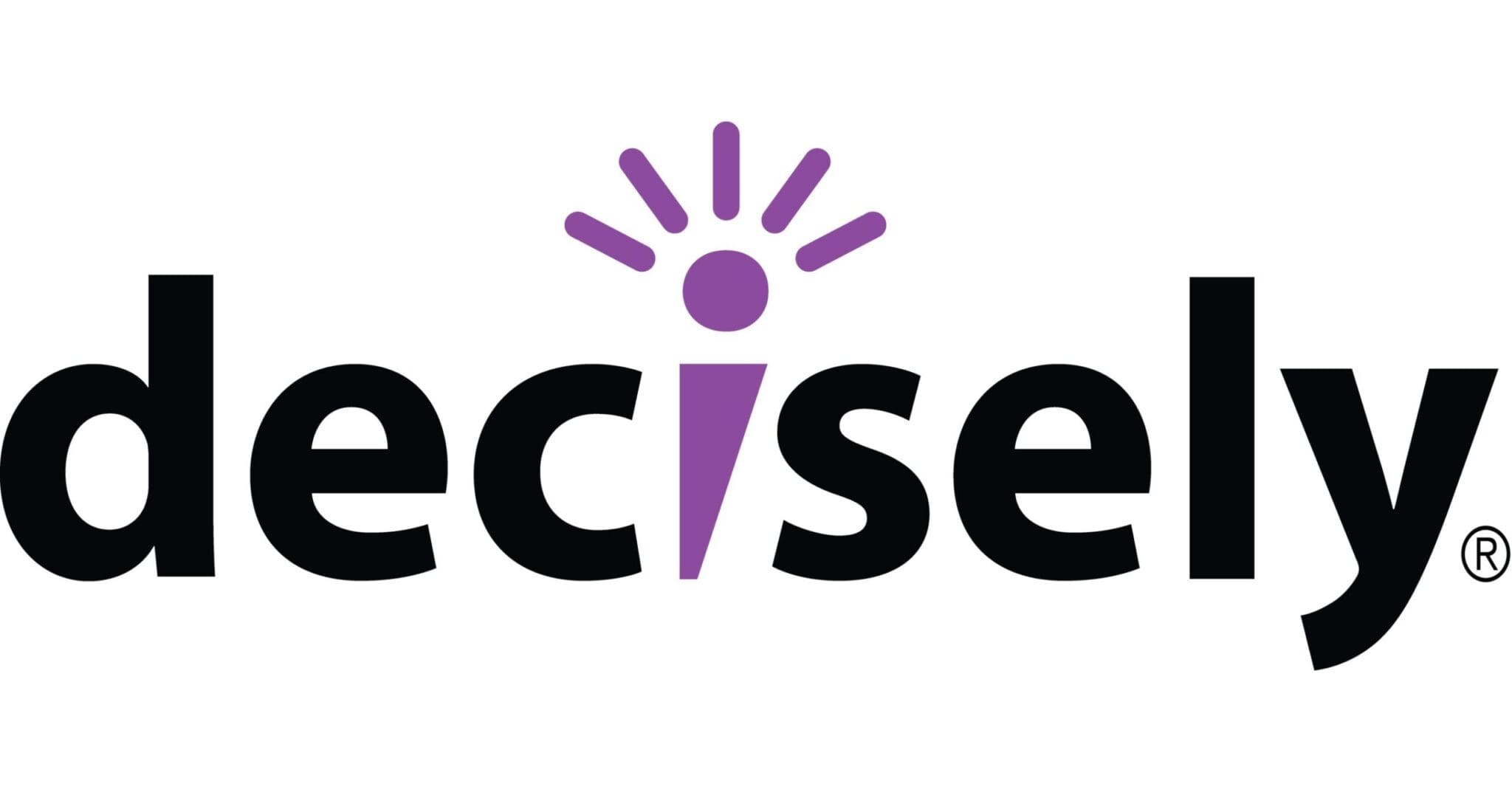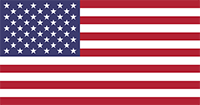Results are likely a reaction to the Affordable Care Act (ACA) and other compliance issues.
Milwaukee, March 27, 2017 – Zywave has released its 2016 Health Plan Design Benchmark Report to its partner network of insurance brokers. The report gathers and analyzes health plan data from one of the largest databases of plan designs in the United States—nearly 60,000 employer-offered health plans. The report breaks data down by region, industry, group size and plan type, and includes several key plan design measures.
The information is used to identify trends in health plans that employers offer, which allows brokers to show employers how the health plans they offer to employees compare to similar businesses in the area. In turn, employers are able to make informed decisions about the plan designs they offer and remain competitive—all while keeping an eye on health care costs and premiums.
The 2016 Health Plan Design Benchmark Report is available to Zywave partners with Broker Briefcase®, BrokerageBuilder™ or PlanAdvisor®. This online tool allows brokers to create custom benchmarking reports by inputting their clients’ plan information and demographics.
“We know that business owners are concerned about remaining competitive with their benefit offerings, while still effectively managing their costs,” says Dave O’Brien, Zywave CEO. “In fact, in a separate survey we conducted in 2016, polling more than 1,000 employers, 93 percent said that it’s important that their broker provides plan design benchmarking information—up more than 5 percent from last year. Our online tools and Health Plan Design Benchmark Report provide brokers with powerful solutions that help them meet this employer demand. The reports are particularly useful for a prospecting meeting or pre-renewal plan design analysis.”
2016 Trends
“The broad trends are primarily driven by compliance and the increasing costs of health care” says Jacob Hanke, senior market analyst at Zywave. “Generally speaking, the continued movement toward plan designs that expose employees to additional costs appears to be the result of employers coping with the rising costs of health care. While the trend was often the result of cost shifting, in some areas, ACA requirements have seemed to act as an accelerant by establishing an acceptable upper threshold that employers quickly adopted.”
Deductibles and Individual Out-of-Pocket Maximum (OOPM)
The most striking story that the individual OOPM data tells is regarding the popularization of plans with a deductible between $6,000 and $6,999. The growth of these plans is staggering. In 2012, this segment represented only 3 percent of plans, but by 2016, more than 35 percent of plans were in this segment—an increase of more than 1,000 percent. This massive change is likely a result of the ACA’s cost-sharing limits. The $6,000 to $6,999 segment was the only segment to grow from 2015 to 2016, with every other segment decreasing in popularity.
Copayments
While the percent of plans with an office visit copay in the segments that fall between $20 and $34 has decreased over the past five years, these mid-priced segments still represent more than 56 percent of the plans in the data set (down from 60 percent in 2012).
The only segments in which we’ve seen overall growth since 2012 are in the $35 and up range. Of these segments, the $50+ copay segment has seen the greatest absolute growth—increasing 3.6 percentage points over the span of five years.
The 2016 Health Plan Design Benchmark Report also includes benchmarking and trends for specialty office visit copays. The report shows a normal distribution centered on the price segments between $30 and $59—61 percent of plans fell within this range of specialty office visit copays.
Prescription Drug Deductible
The overwhelming majority of plans have a prescription drug deductible of $0, with most other segments decreasing over the past five years. The $0 segment has increased slightly as the other segments have decreased, but has remained relatively stable since 2012.
Zywave partners that have Broker Briefcase®, BrokerageBuilder™ or PlanAdvisor® can access the 2016 Health Plan Design Benchmark Report directly within the products or through Zywave Home.









